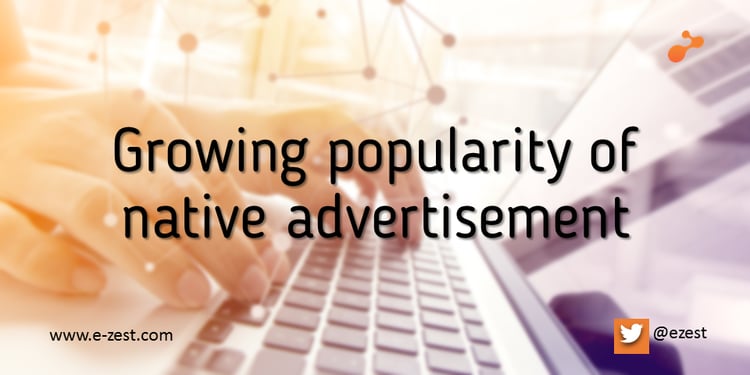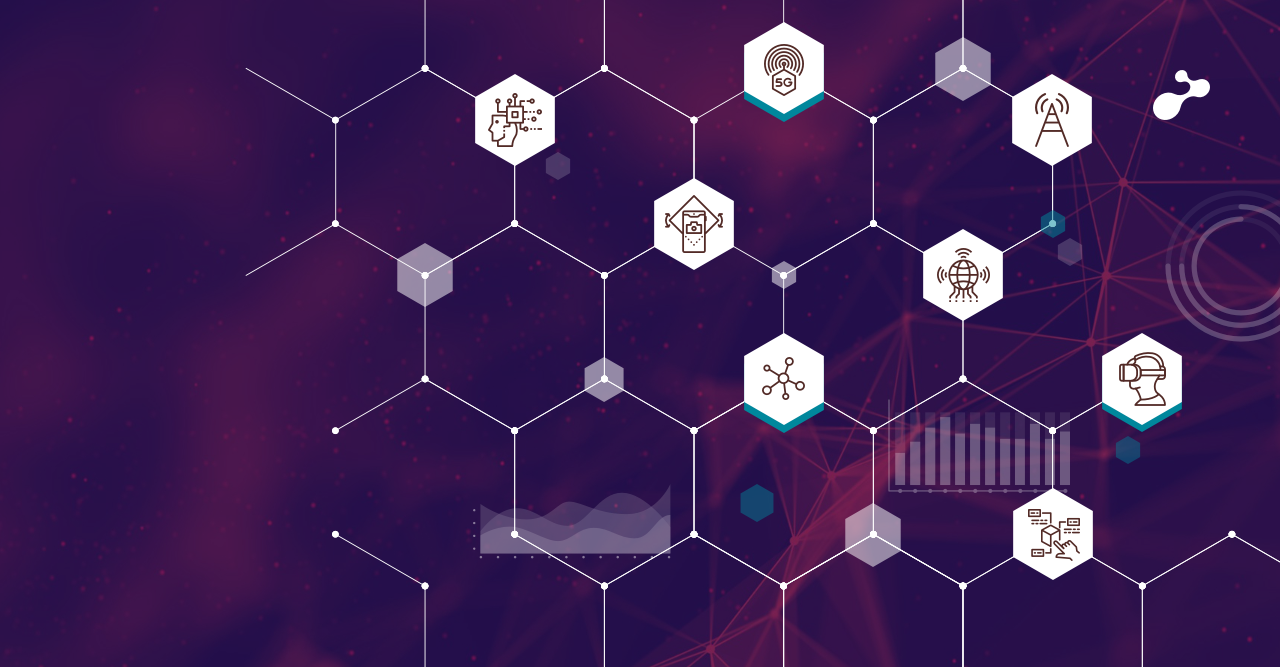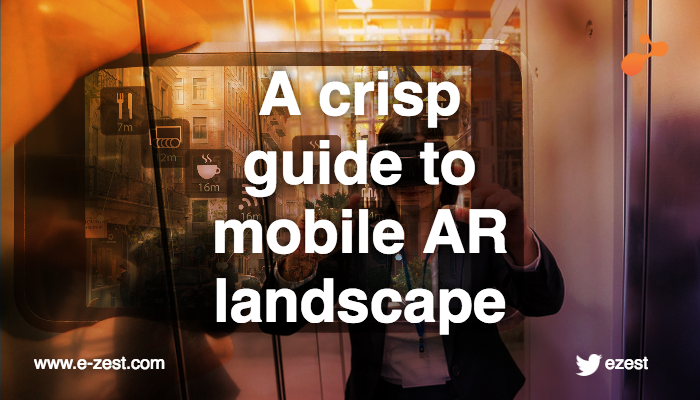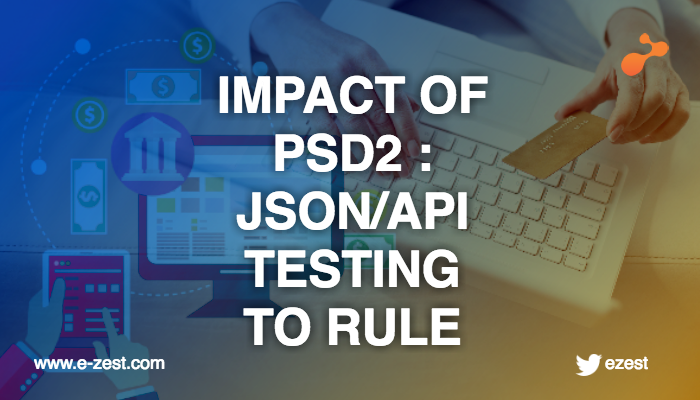
A new wave of technological innovations has driven marketers to develop new initiatives for brand recall in order to keep pace with the customer expectations. The recent trend of following native advertisement is becoming increasing popular among the companies. As a digital commerce marketer you can make use of this trend to benefit your brand.
Native advertisement has permeated the digital landscape enough for the companies to choose it over traditional advertising. Native advertising includes content marketing i.e. the practice of using content to build trust and engagement with would-be customers. On the other hand, traditional advertisement involves the boxes and banners we’re all used to seeing at the top of web pages.
According to latest research, native ads will be driving 74% of all ad revenue by 2021. Businesses must therefore try to ‘think globally, act locally, and network totally’ across supply chains and make their knowledge sharing platforms more customer-focused.
Why native advertisement?
Native ads are more likely to go viral primarily because of the nature of their content. They also perform better on mobile than those of traditional designs as the ads are relevant to the content and context in which they are featured. Even the social media giants like Twitter, Facebook, and Tumblr have started to count on native, in-feed advertisements to achieve formidable revenue growth.
What’s next for native advertisers?
Despite the growing craze for native advertising, the standardization of native specifications and the metrics to measure their success has been contentious till now. Last year, several publications were flagged and advertisers were also slammed for not labelling their native content. Therefore, it is important to regularize the guidelines for native advertisers to build consumer trust and also avoid any legal battles.
Audiences are increasingly adopting the ad-blocking options and this diminishes the potential of display ads. In such a scenario, embedded content in the form of native ads is surely supposed to impart a considerably higher brand lift and also ensures customer engagement.
In the near future, there will be an impending need of several collaborative processes to effectively scale the native ads. There will be an increased focus on User Generated Content (UGC). This is so because the success of the ads will be primarily dependent on the authenticity of the advertorial content. The AR/VR platforms (Augmented and Virtual Reality) are also expected to come into play for posting and distributing native ads.
There has been an upsurge in the usage of sponsored songs, playlists and online radio stations that showcase brand logos, along with the product placements. However, these innovations are just the tip of the iceberg and indicate the mammoth potential of this style of advertising.
While the industry is still at odds with one another about the efficacy of native versus traditional advertising, we will just have to wait and see how it pans out in the upcoming future.










